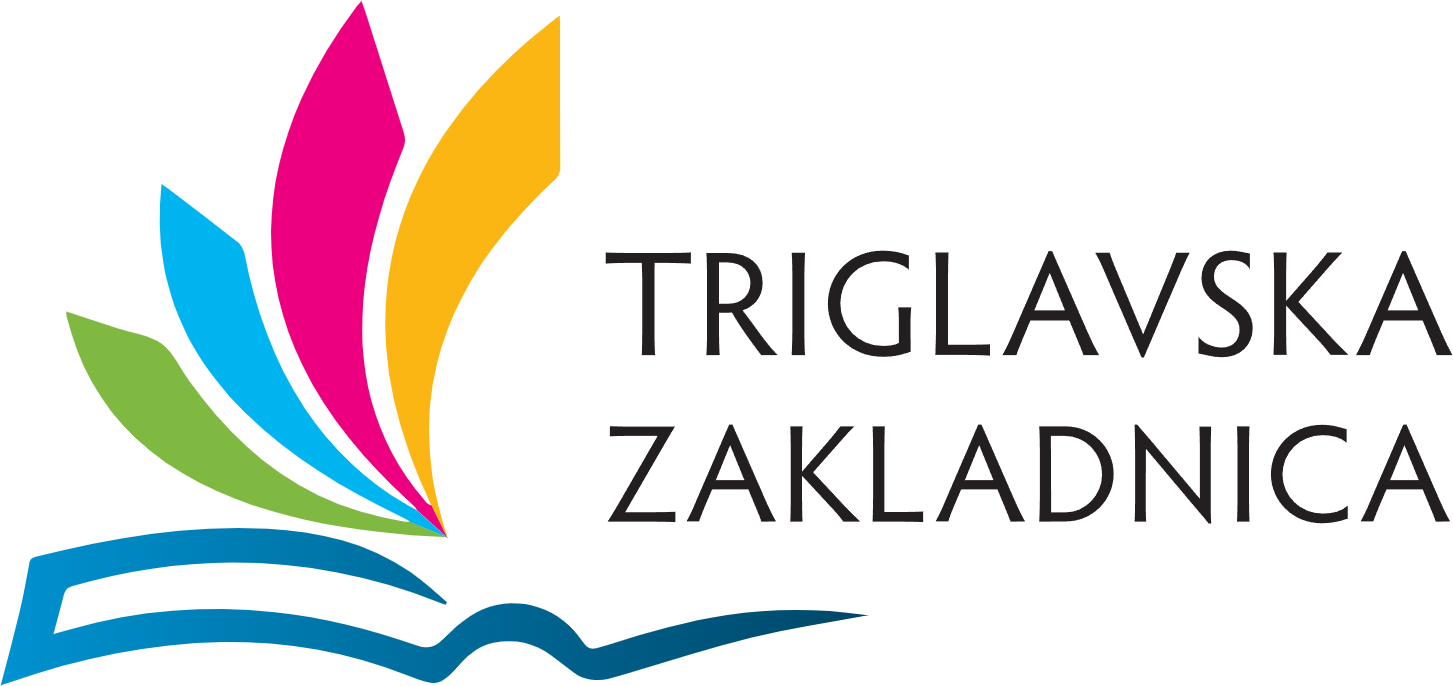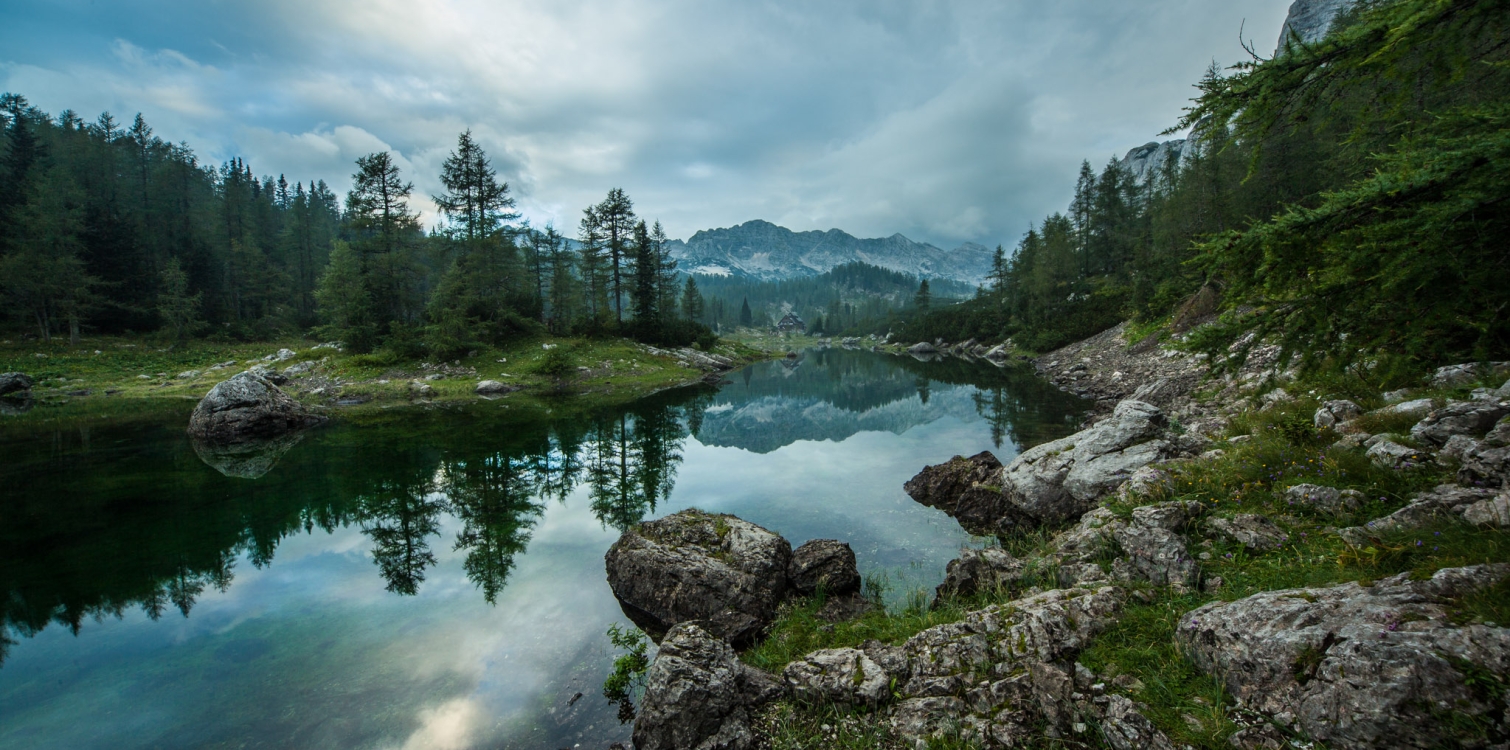The lakes are located in the Alpine glacial valley between Trenta and Bohinj. The fairytale number of seven is not the most accurate, as there are many more lakes, ponds and small pools. It is true, however, that the others dry up and disappear during the summer.
The largest, deepest and cleanest lake is Lake Ledvica (Kidney) - Jezero v Ledvicah, also called the Big Lake (Veliko jezero). It is situated 1830 metres above sea level, 300 metres long, 120 metres wide and 15 metres deep. It takes its name from its shape, which resembles a kidney.
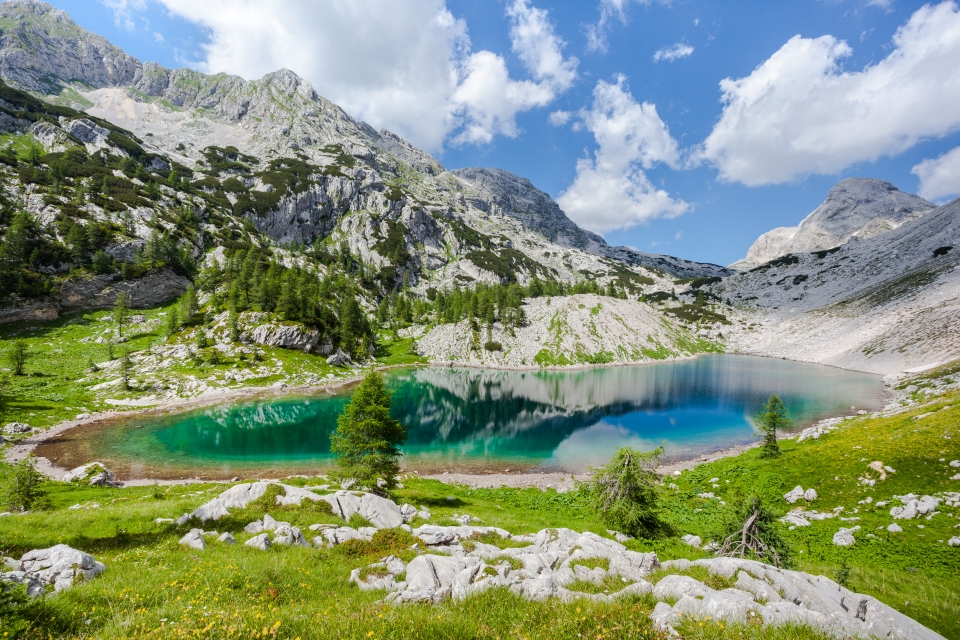
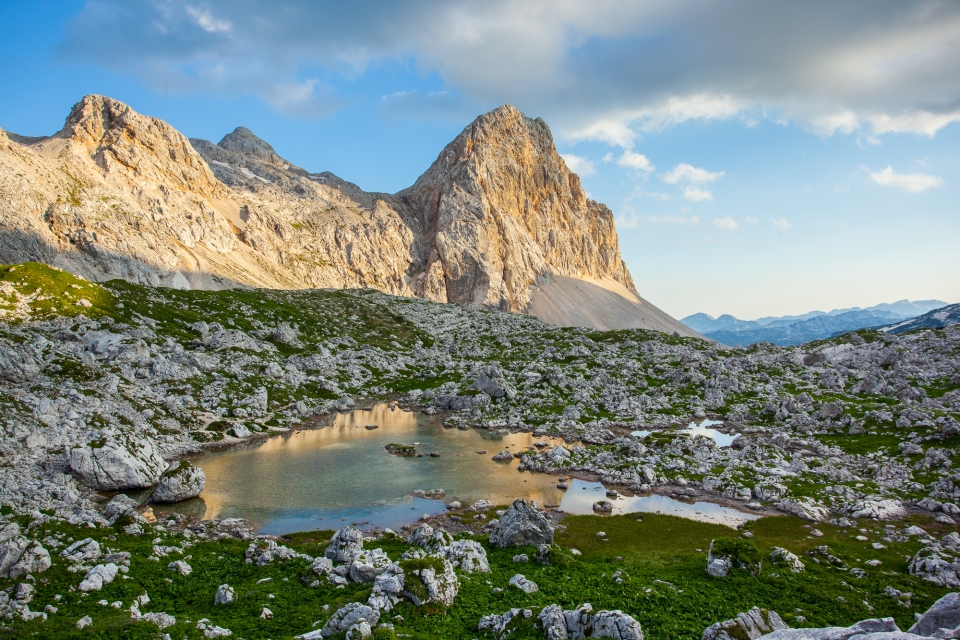
The highest lake, Brown Lake (Rjavo jezero), is at an altitude of 2006 metres and dries up during dry periods.
The lowest and warmest lake is Black Lake (Črno jezero), at 1319 metres above sea level. This lake is 150 metres long, 6 metres deep and 80 metres wide. Black Lake is situated in the middle of a forest.
The Green Lake (Zeleno jezero), named for its green hue due to the presence of algae, is around 2 meters deep, 100 meters long, and 80 meters wide. It is located below the Hribarice Pass at an altitude of 1,988 meters and is very close to the Zasavska koča hut.
In addition to these, there are the "twins," known as Dvojno jezero. Below the Zasavska koča hut on Prehodavci, there is Mlaka na Laštah. The last of the famous seven is Jezero pod Vršacem, also known as Jezero v Podstenju, which is also located near the Zasavska koča hut.
The Valley of the Triglav Lakes is also fascinating from a botanical perspective. In the upper part of the valley, primarily lichens grow, while lower down, there is an increasing abundance of flowers, including several endemic species.
All the high-altitude lakes are located within the first protected zone of the Triglav National Park.
The valley is also renowned for its well-developed karst features and the legend of Zlatorog, the mythical golden-horned chamois.
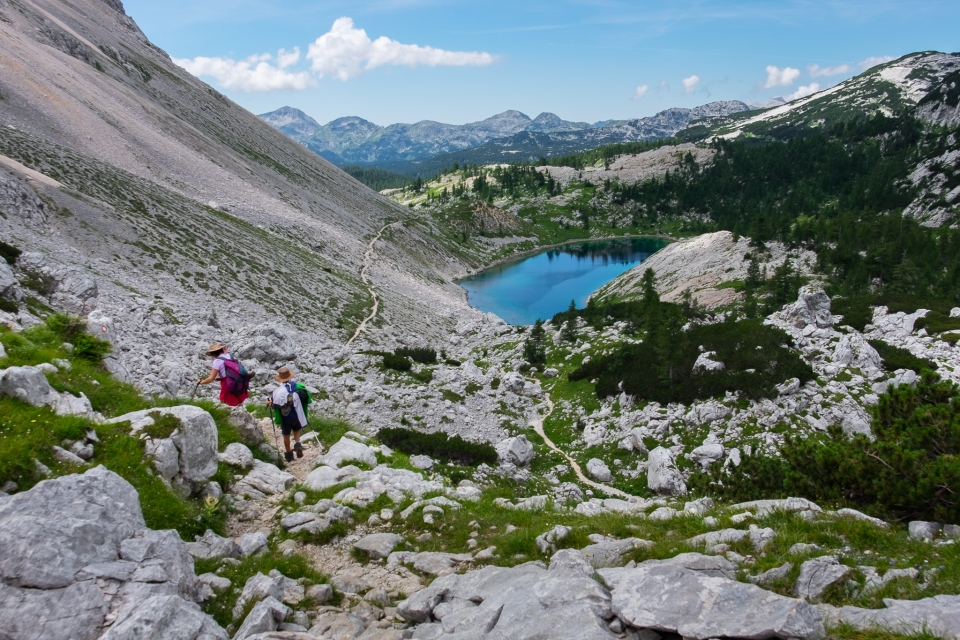
DID YOU KNOW?
-
The waters of the highest lake, Jezero pod Vršacem, flow into the Soča Valley and the Adriatic Sea. All the other lakes are hydrologically interconnected, with water flowing into the Sava Bohinjka and further towards the Black Sea.
- The highest lake in the Triglav National Park is Zgornje kriško jezero, which lies at an altitude of 2150 m above sea level.
